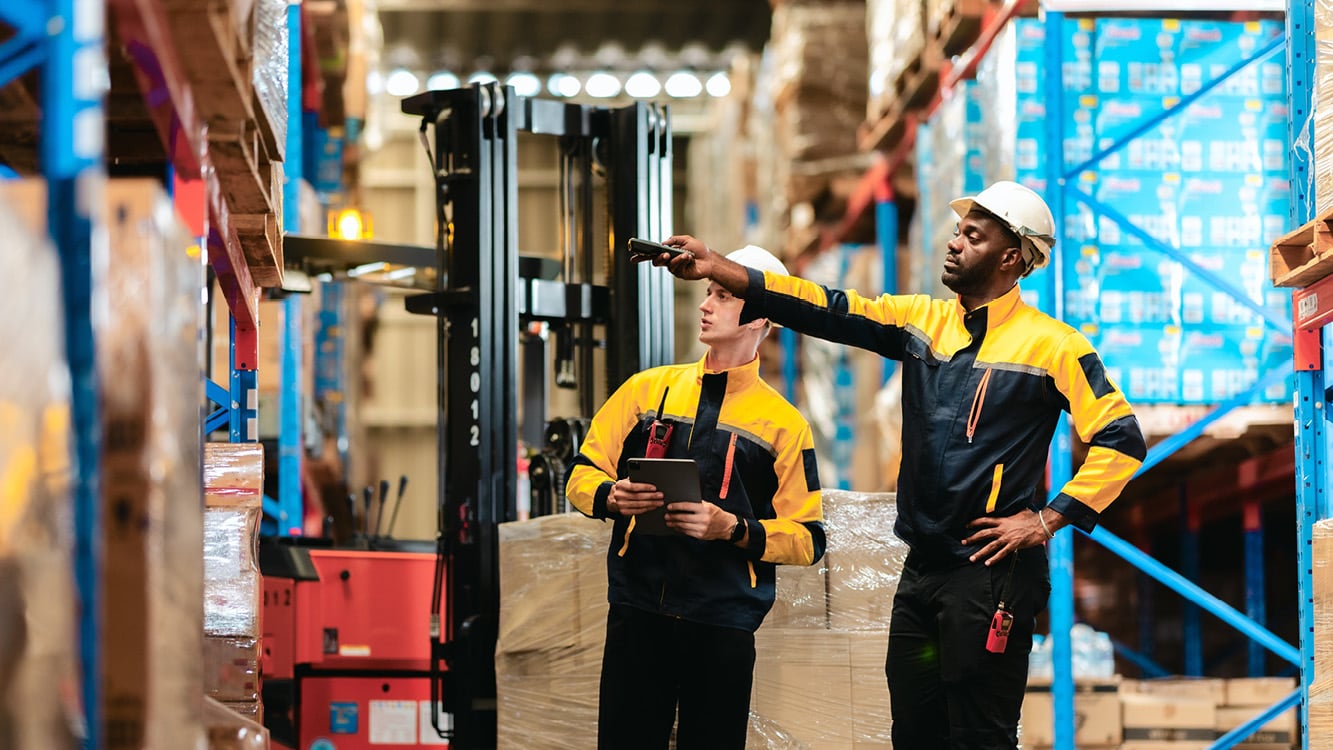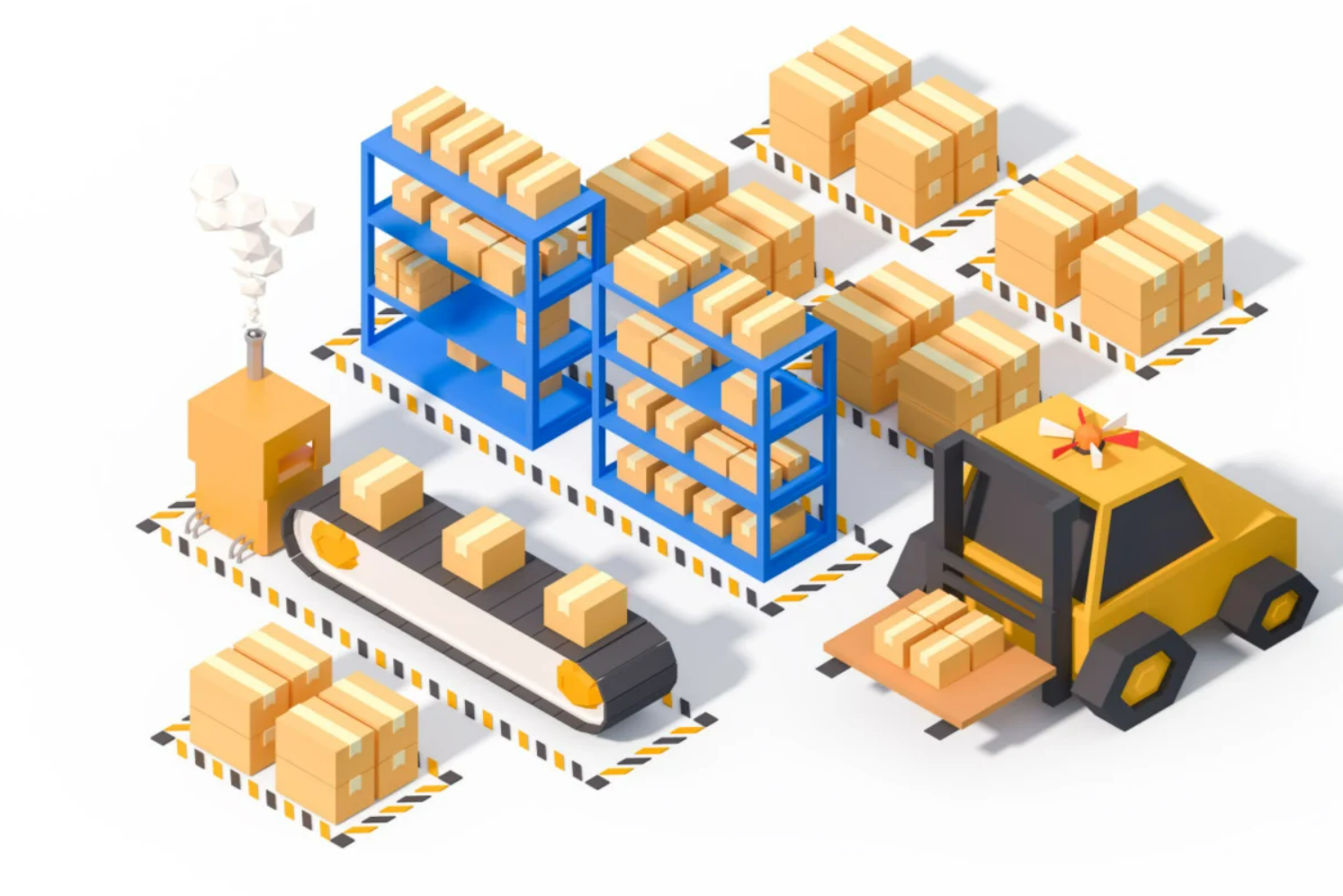Modernizing Warehouse Operations with Wearable Mobile Devices
Warehouse wearable adoption is increasing. See why organizations are upgrading to hands-free technology.
BlueStar's diverse portfolio offers unparalleled access to premium products and services that drive business growth and success. From state-of-the-art hardware to advanced software solutions, our portfolio is designed to empower businesses with the tools they need to thrive in today's competitive landscape.
Our vertical-based content focuses on different industry technologies, solutions, and insights.
A true VAD offers top-notch pick, pack and ship services, and provides programs and services that add value to the distributed products that increase their value or worth.
The BlueStar DifferenceShipping errors. Spoilage. Incomplete or inaccurate orders. These inefficiencies wreak havoc on warehouse operations. Over time, each inefficiency multiplies into detrimental losses of inventory, time, and money – not to mention the potential loss of customers when orders are unusable or incorrect.
While Amazon and other e-commerce giants have perfected systems for accurately fulfilling orders and moving them with speed and efficiency, most other warehouse operations have yet to find solutions that allow them to compete.
You can provide your clients in warehousing with IoT technology that can solve those pain points – and these tips can help you advise your clients on the solutions that will deliver the greatest value.
Automate
Legacy warehouse systems are primarily manual, requiring human effort to collect data, track inventory, and issue orders. However, manual processes are error-prone and take time. Even handheld scanners require employees to use them, and if a scan is missed, products and packages are effectively lost within the system. Furthermore, each extra step that employees take to walk packaging to recycling or to pick up paper orders takes minutes that could be better spent on productive work.
In a time-driven industry, warehouses will benefit from automating processes. IoT solutions minimize human intervention and, therefore, decrease costs, increase accuracy, and enhance operational efficiency. Providing connected systems that enhance workflows can help your clients keep pace with the competition and increase customer satisfaction.
Increase Visibility
Inventory constantly moves into the warehouse, between storage locations, and through packaging, staging, and shipping processes. Lack of visibility into inventory, inaccurate counts, and the inability to get to the root cause of shrinkage are serious challenges that your clients must overcome.
Automating inventory tracking with IoT improves inventory data accuracy, allowing warehouses to locate products and materials, even at the item level, in storage and on the road. Additionally, intelligent systems, such as smart shelves, sense low inventory quantities, temperatures too low or high for perishable items, misplaced products, and missing or stolen items and communicate that information with the warehouse management system to initiate action.
Deploy Hands-Free Solutions
According to the Material Handling Industry's 2021 MHI Annual Industry Report, 30 to 45 percent of warehouse managers are investing in wearable and mobile technology to enhance warehouse operations. Wearable devices like smartwatches, smart glasses, and glove scanners can be "things" connected to IoT systems that simplify tasks and also track employees' locations and productivity and improve worker safety.
Track Vehicles
Warehouses depend on delivery trucks, vans, and other vehicles to move inventory. GPS capabilities instantly locate vehicles, and telematic devices can provide information about their operation, fuel consumption, idling time, and driver performance. Data from these systems can help managers develop more efficient routes and train drivers to perform their jobs more safely.
Monitor Equipment Condition
IoT sensors can collect data about vehicle and machine operations, signal when it's time for maintenance or repairs and minimize downtime. With real-time information on machine status shared with an analytics solution, warehouse operators have the insights they need to avoid failures that amount to significant expenses by addressing minor issues immediately.
What's Your Client's Goal for the Warehouse?
When your client's business goals pertain to overcoming these challenges, you can help achieve them with the solutions you provide. Your team can leverage IoT technology to create systems for keeping pace with competitors, improving inventory visibility, enhancing employee safety, tracking shipments in transit, or transitioning to proactive equipment maintenance.
Showing your clients the path forward from legacy processes will help them increase their warehouse operations' speed, safety, and accuracy. Moreover, it will help you build stronger relationships with your clients as their trusted advisor.
Identify the challenge and your client's vision for overcoming it, then explore how IoT technology can provide the optimal solution.

Warehouse wearable adoption is increasing. See why organizations are upgrading to hands-free technology.

Here’s how fixed industrial scanners streamline supply chains, improve efficiency, and provide valuable solutions for your clients.

Demands are for faster, error-free fulfillment. Show your clients how to stay ahead of the competition.
